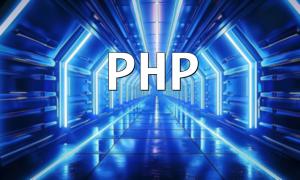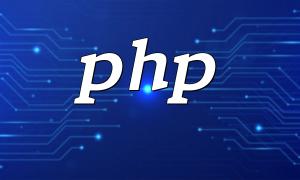In modern web development, HBuilder is a powerful tool favored by many developers. Frontend developers often want to configure backend environments to support PHP development. This article will explain in detail how to configure HBuilder to use PHP on a Mac system and discuss practical applications.
HBuilder integrates various development features, enabling efficient web application creation. PHP, as a widely used backend scripting language, works well with HBuilder to build dynamic websites. Before starting, it is necessary to set up the corresponding environment on your Mac.
Mac usually comes with PHP pre-installed, but the version might be outdated. It is recommended to install and manage PHP via Homebrew. After ensuring Homebrew is installed, run the following command in the terminal:
<span class="fun">brew install php</span>
Once installed, check the PHP version by running:
<span class="fun">php -v</span>
After installing PHP, you need to configure HBuilder to recognize the PHP runtime. Follow these steps:
Creating a PHP project in HBuilder is straightforward. Select “New Project,” choose the PHP template, enter your project name and directory, then finish to see the project structure.
Create a new PHP file within your project and enter the following example code:
echo "Hello, HBuilder with PHP!";
?>Save the file, then run the project using HBuilder’s run option to see the output.
Using HBuilder combined with PHP, you can develop various types of web applications such as:
Configuring HBuilder with PHP on a Mac significantly improves development efficiency and expands your skill set. By following the steps in this article, you can quickly set up a PHP development environment and start building web projects easily. We hope this guide helps you successfully configure and apply PHP within HBuilder.









